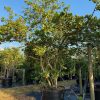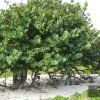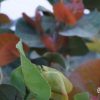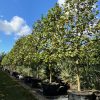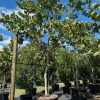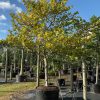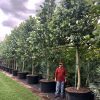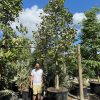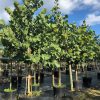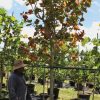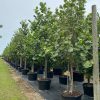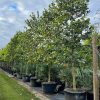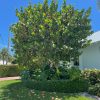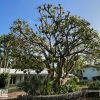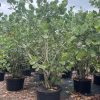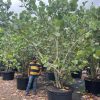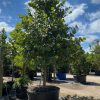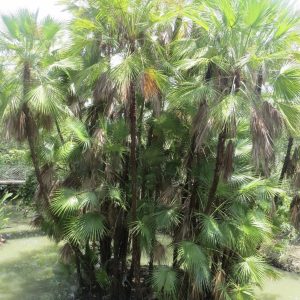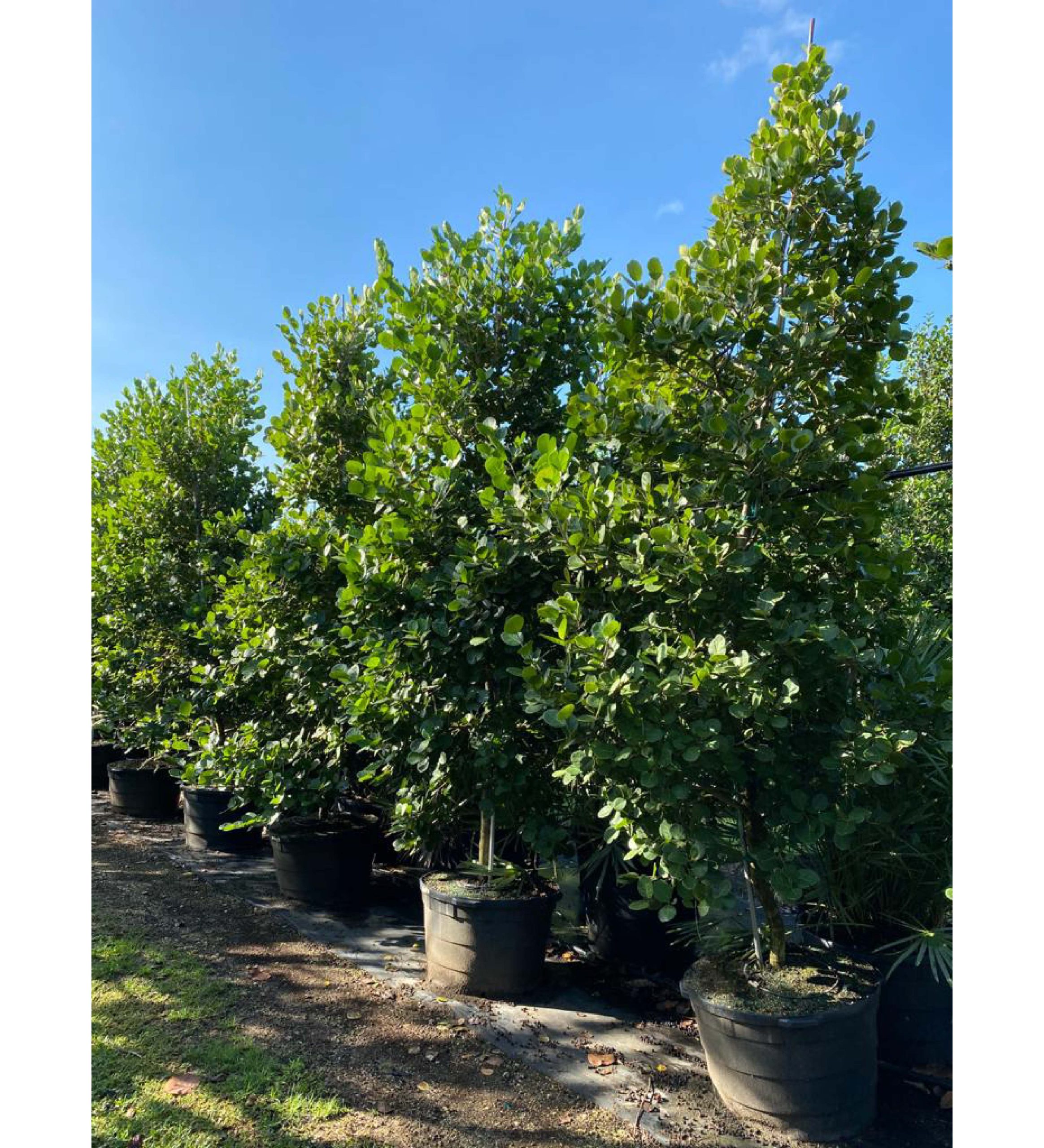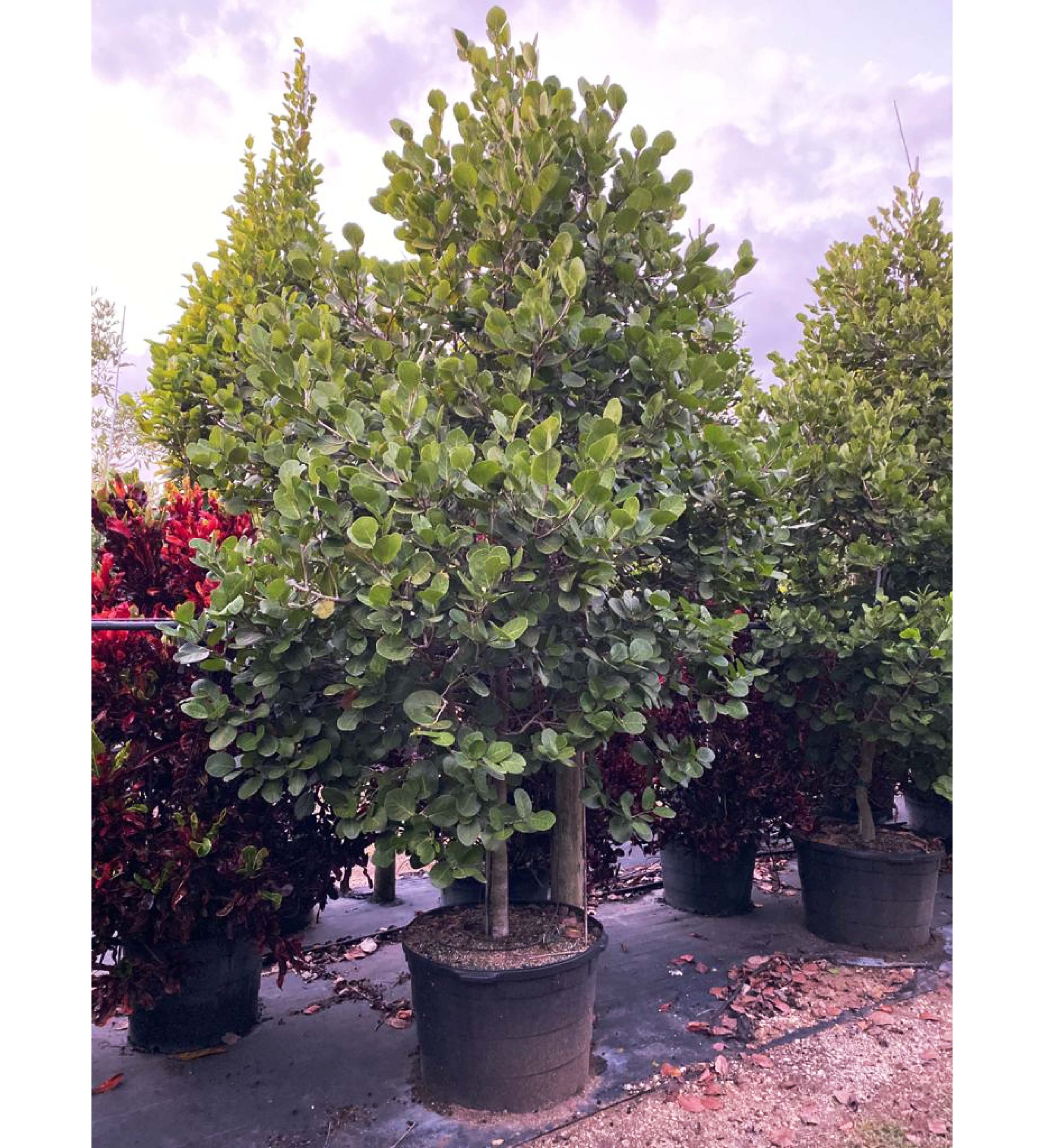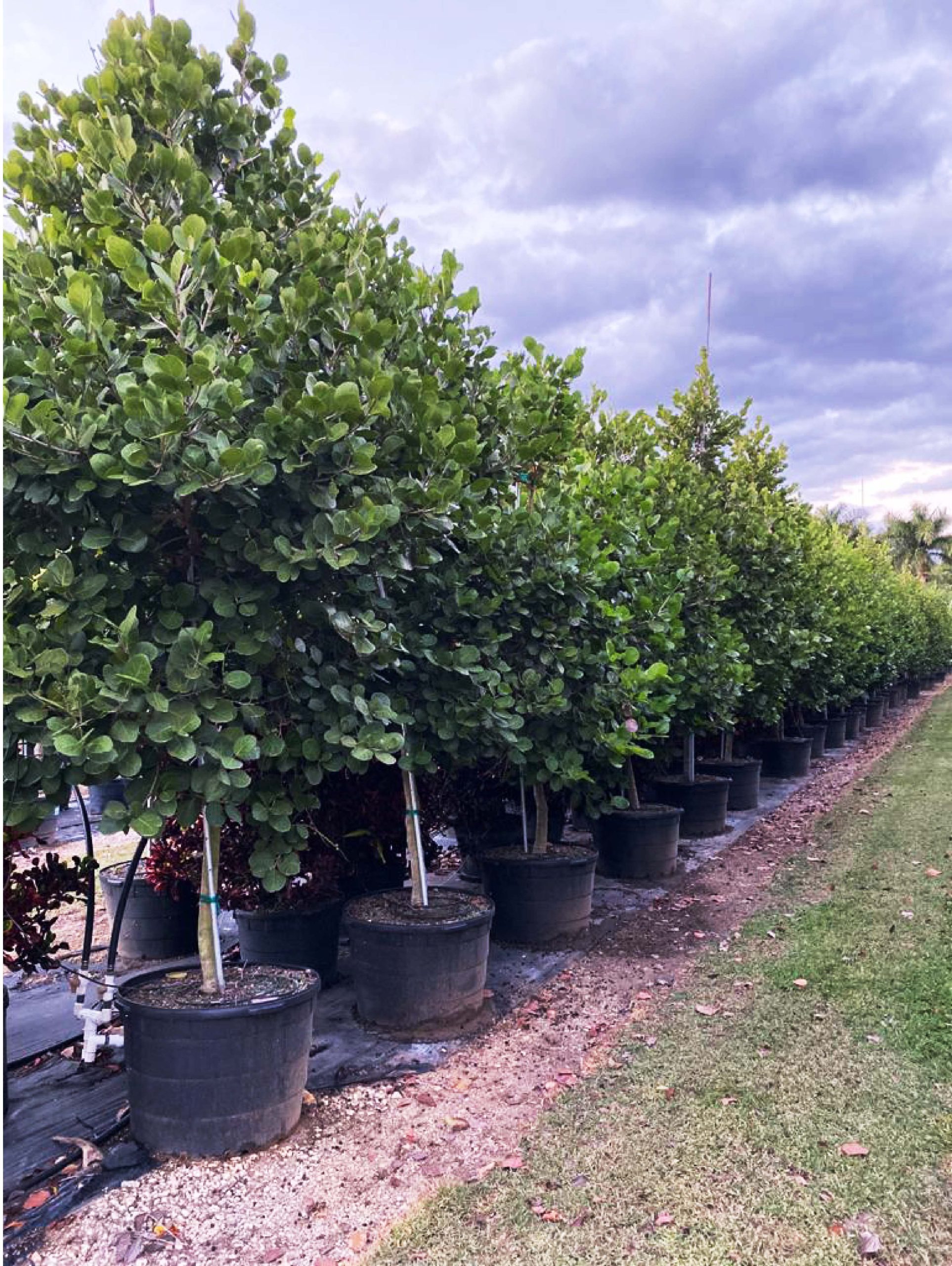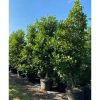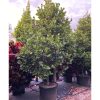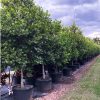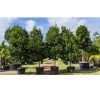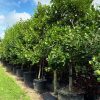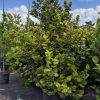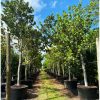Description
The Coccoloba Uvifera, commonly known as the sea grape, is native to coastal regions of the Caribbean, Central America, South America, and Florida in the United States. Its natural habitat is typically along sandy shorelines, where it plays an important role in stabilizing beachfronts and preventing erosion. The sea grape plant is well-adapted to these coastal environments and is often used in landscaping for its unique appearance and hardiness.
Members of the Coccoloba genus, including the Coccoloba Uvifera tree (sea grape) and Coccoloba Diversifolia (Pigeon Plum), are part of the Polygonaceae family. This family groups a variety of species adapted to tropical and subtropical climates. Nonetheless, it’s quite easy to differentiate between the two: Coccoloba Diversifolia typically has smaller, more diverse leaf shapes compared to the broad, round leaves of the sea grape tree (Coccoloba Uvifera). But both play a great role in Florida’s and the Caribbean’s landscapes.
Coccoloba Uvifera Tree Description
The sea grape tree is a medium-sized tree or shrub that can reach a height of 25–30 feet, or taller. Its crown is variable in shape depending on location, but it typically has a multi-trunked, vase-shaped structure with a moderately dense crown, spreading as wide as the tree is tall. Furthermore, branches of the sea grape plant tends to droop as the tree ages, featuring attractive, smooth, pale gray, mottled bark that peels off in thin plates.
But its standout features are definitely Coccoloba Uvifera’s large, round, and broad leaves, which can be up to 8 inches in diameter. These leaves are often reddish or copper-colored when young, turning a deep green as they mature, a strikingly attractive feature. On the other hand, its flowering habit is not as noticeable; both male and female flowers are white to ivory, borne on separate trees; blooms are small, 1/8 inch or less, on short stalks, arranged in long, narrow clusters up to 12 inches long, and unscented. But they do fulfill their role in attracting wildlife by attracting bees, butterflies, and other insects to their nectar.
The seagrape tree is also quite known for its attractive fruit, born in large, grape-like clusters that start green and green, turning purple or red when they ripen. They are edible and often used in jams and jellies, but they also play a role in attracting birds and mammals.
Landscape Applications of the Sea Grape Tree
In landscaping, its unique tropical appearance makes it suitable for beach-style landscapes, and as it is a native species that supports local ecosystems, it makes for a great sustainable choice for eco-friendly landscaping projects. Plus, considering its high salt tolerance and ability to withstand strong winds, it is a great coastal landscaping option, helping with soil stabilization and preventing erosion.
Sea Grape Bush vs. Sea Grape Tree
When studying the landscape application, you must also consider that you can find the seagrape tree for sale both as a bush and in standard (STD) single trunk form. Now that Coccooloba Uvifera has a multitunk tendency, the seagrape bush naturally grows with multiple stems or trunks, spreading out to create a fuller, bushier appearance. Plus, the Coccoloba Uvifera bush typically stays shorter and wider, making it ideal for use as a hedge or a screen. Ideal for creating dense barriers or low-lying ornamental foliage in gardens. The sea grape bush is a great candidate for areas where horizontal space is available and vertical growth is limited.
Coccoloba Uvifera, in its standard form, needs to be cultivated to grow in a manner similar to a typical tree structure. In South Florida, you can find the seagrape tree for sale at our Tree Farms Nursery. Remember that achieving this form allows the tree to grow taller, and it is often pruned to emphasize a single leader trunk with a canopy on top, providing suitable shade when required. Plus, it makes for an excellent accent tree, especially in coastal landscaping, and is ideal for areas where vertical growth is desired, such as in small gardens or alongside buildings.
Coccoloba Uvifera for Sale at TreeWorld Wholesale
At our tree farm nursery, we have Sea Grape trees for sale in multi-trunk and standard form, available in sizes from 25 to 300 gallons. For more information about Seagrape, please check our charts for the Coccoloba Uvifera bush specifications and Coccoloba Uvifera tree specifications.
If you need further product information or want to contact us regarding our portfolio, you can email us at info@treeworldwholesale.com, schedule a visit at our headquarters at 24605 SW 192 Ave., Homestead, FL 33031, or call us at 305-245-6886.































